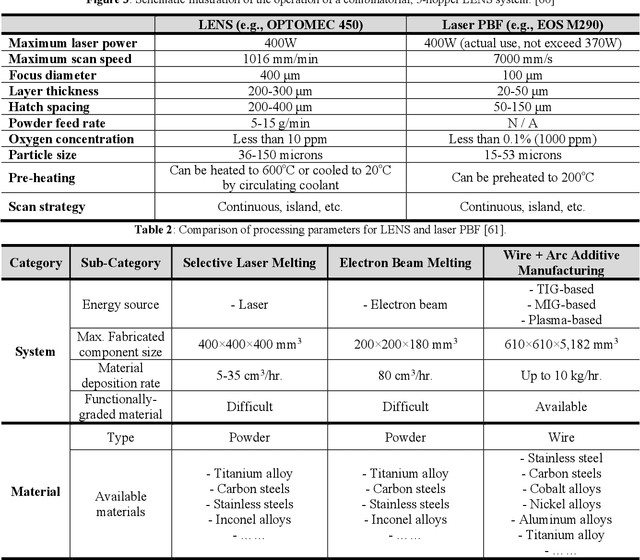Machine Learning and Data Analytics for Design and Manufacturing of High-Entropy Materials Exhibiting Mechanical or Fatigue Properties of Interest
Paper and Code
Dec 05, 2020



This chapter presents an innovative framework for the application of machine learning and data analytics for the identification of alloys or composites exhibiting certain desired properties of interest. The main focus is on alloys and composites with large composition spaces for structural materials. Such alloys or composites are referred to as high-entropy materials (HEMs) and are here presented primarily in context of structural applications. For each output property of interest, the corresponding driving (input) factors are identified. These input factors may include the material composition, heat treatment, manufacturing process, microstructure, temperature, strain rate, environment, or testing mode. The framework assumes the selection of an optimization technique suitable for the application at hand and the data available. Physics-based models are presented, such as for predicting the ultimate tensile strength (UTS) or fatigue resistance. We devise models capable of accounting for physics-based dependencies. We factor such dependencies into the models as a priori information. In case that an artificial neural network (ANN) is deemed suitable for the applications at hand, it is suggested to employ custom kernel functions consistent with the underlying physics, for the purpose of attaining tighter coupling, better prediction, and for extracting the most out of the - usually limited - input data available.
 Add to Chrome
Add to Chrome Add to Firefox
Add to Firefox Add to Edge
Add to Edge